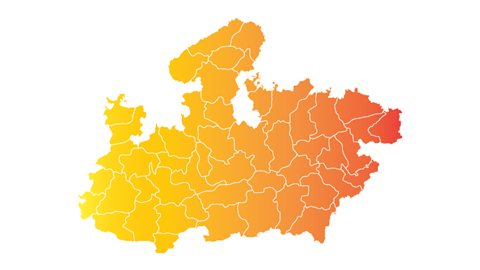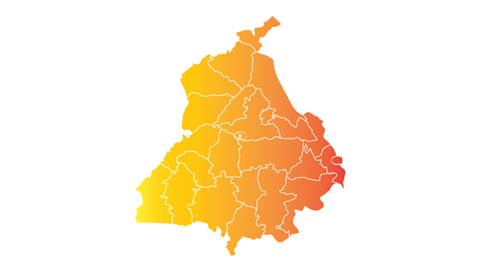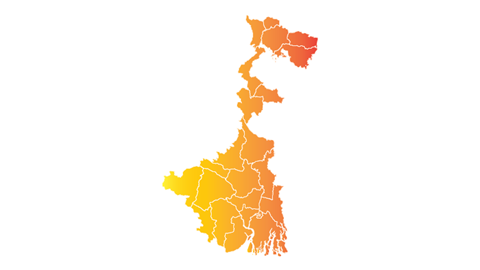Uttarakhand State
Critical minerals, policy, and the energy transition
The Energy Transition in Uttarakhand, India
Uttarakhand, stretching from the Terai lowlands to the high Himalaya, relies heavily on hydropower but is expanding solar and battery capacity to address demand growth and monsoon variability. Installed capacity is about 2.9 GW, of which hydro provides 2.3 GW, including key assets like the 304 MW Maneri Bhali, 400 MW Vishnuprayag and 330 MW Alaknanda, while solar contributes around 500 MW. The state’s 2024 Energy Transition Plan targets 2 GW of solar, 300 MWh of battery storage and an 800 MWh pumped-storage upgrade by 2030. Rooftop PV across schools, hospitals and hill-town markets already tops 100 MW, while floating solar on the Tehri and Koteshwar reservoirs will add 200 MW. A 50 MWh battery hub near Dehradun is under development to stabilise the evening load, and a 10 MW electrolyser at Kashipur is planned to support local industry and freight corridors with green hydrogen. Uttarakhand’s geology adds strategic leverage. High-purity limestone in Pithoragarh supports low-carbon cement, while the Tons valley hosts tungsten, molybdenum and rare-earth traces. Graphite outcrops in Chamoli and bauxite showings near Almora are under investigation. By combining its alpine hydro backbone with rising solar, grid-scale storage and emerging mineral inputs, Uttarakhand is building a resilient clean-energy and materials hub.
Critical Minerals produced in Uttarakhand
Essential Mineral Production and Products in Uttarakhand
A state-by-state analysis of India’s critical minerals and energy transition policies
SFA explores the state-level frontlines of India’s strategy to secure its position in the global energy transition. As demand surges for critical minerals used in electric vehicles, grid storage, solar, and hydrogen technologies, India is intensifying efforts to diversify supply, localise processing, and reduce strategic dependencies. This analysis examines how mineral endowments, state-level industrial policy, and renewable energy deployment intersect across the Indian landscape. From lithium-bearing pegmatites in Karnataka and Jammu & Kashmir to rare-earth-rich coastal sands in Tamil Nadu and Odisha, this state-by-state review highlights the opportunities and constraints shaping India’s clean-energy future and its role in global mineral security.


Meet the Critical Minerals team
Trusted advice from a dedicated team of experts.

Henk de Hoop
Chief Executive Officer

Beresford Clarke
Managing Director: Technical & Research

Jamie Underwood
Principal Consultant

Dr Jenny Watts
Critical Minerals Technologies Expert

Ismet Soyocak
ESG & Critical Minerals Lead

Thomas Shann Mills
Senior Machine Learning Engineer

Rj Coetzee
Senior Market Analyst: Battery Materials and Technologies

Franklin Avery
Commodity Analyst

How can we help you?
SFA (Oxford) provides bespoke, independent intelligence on the strategic metal markets, specifically tailored to your needs. To find out more about what we can offer you, please contact us.




































